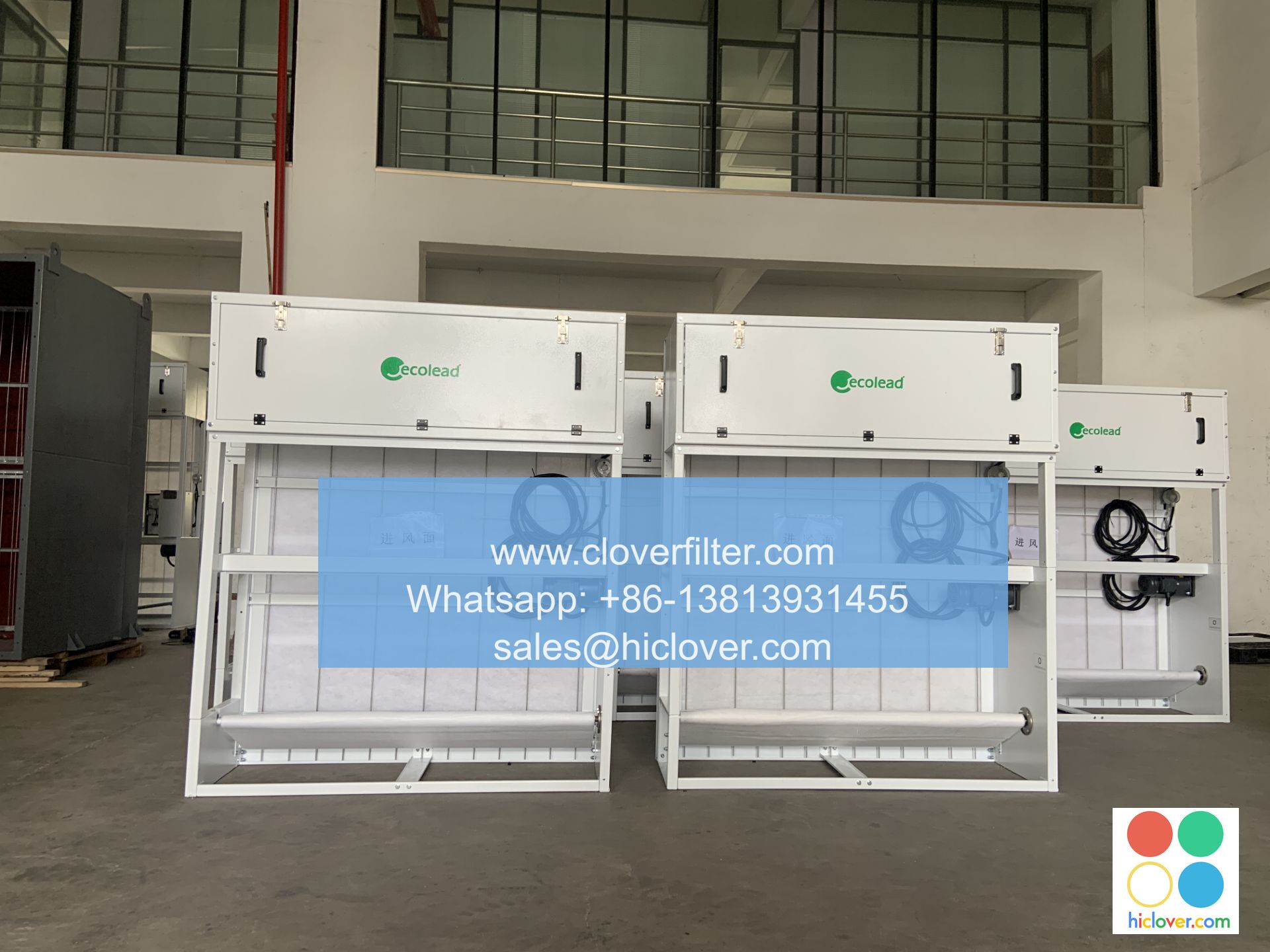The Science Behind Air Filter Testing: A Guide

The Science Behind Air Filter Testing: A Guide
When it comes to ensuring the health and well-being of building occupants, a key component is the air filtration system. Air filters play a crucial role in removing pollutants, allergens, and other particles from the air we breathe. But how do we ensure that these filters are doing their job effectively? The answer lies in air filter testing. In this article, we’ll delve into the science behind air filter testing and explore the key considerations, methods, and applications of this vital process.
What is Air Filter Testing?
Air filter testing involves evaluating the performance of air filters to ensure they are meeting certain standards or specifications. The goal of testing is to determine the filter’s efficiency in removing pollutants, particles, and other substances from the air. This is crucial in various settings, from residential homes to commercial buildings, hospitals, and even industries.
The Science Behind Air Filter Testing
Air filter testing is based on the principles of physics and chemistry. Filters work by capturing particles, including dust, pollen, and other airborne contaminants, using a variety of mechanisms such as:
- Mechanical filtration: Filter material captures particles through physical barriers, like mesh or fibers.
- Chemical reactions: Chemicals or activated carbon absorb or react with pollutants, neutralizing them or breaking them down.
- Biological filtering: Biological components like agarose beads or membranes capture particles through biological processes.
- Filter type and material: Different filter types, such as fiberglass, pleated, or HEPA, have distinct capabilities and limitations.
- Particle size and type: The size and type of particles being targeted, such as dust, pollen, or pet dander, affect test methods and criteria.
- Airflow and pressure: Filter performance can be influenced by air pressure, velocity, and flow rate.
- Contaminant load: The amount and type of contaminants present in the air also impact filter performance.
-
ASHE (American Society of Heating, Refrigerating, and Air-Conditioning Engineers) testing: This widely-recognized standard assesses filter performance based on airflow, particle size, and contaminant type. -
NFPA (National Fire Protection Association) testing: This standard evaluates filter performance for fire risk reduction and ensures compliance with fire safety regulations. -
ASTM (American Society for Testing and Materials) testing: This standard measures filter performance for various applications, including industrial, commercial, and residential settings. -
ISO (International Organization for Standardization) testing: This standard is used internationally and evaluates filter performance based on particle size, airflow, and contaminant type. - Residential buildings: Air filters in homes and apartments ensure clean indoor air quality, reducing allergens, odors, and pollutants.
- Commercial and industrial settings: Office buildings, hospitals, schools, and manufacturing facilities require efficient air filtration systems to maintain a healthy environment.
- Healthcare: Hospitals, clinics, and medical facilities must maintain strict standards for air quality to prevent the spread of illnesses and contaminants.
- Food processing and manufacturing: Clean air is crucial for the production of food products, pharmaceuticals, and other goods to prevent contamination and spoilage.
Key Considerations in Air Filter Testing
When it comes to testing air filters, several key considerations must be taken into account:
<h3-Methods of Air Filter Testing
Air filter testing can be performed using various methods, including:
Applications of Air Filter Testing
Air filter testing has numerous applications across various industries, including:
In conclusion, air filter testing is a vital process in ensuring the health, safety, and well-being of building occupants. By understanding the science behind air filter testing, selecting the right filters, and employing the appropriate testing methods, we can guarantee the air we breathe is clean, healthy, and safe.
I’m ready to help! What would you like to talk about or what prompt would you like me to respond to?

